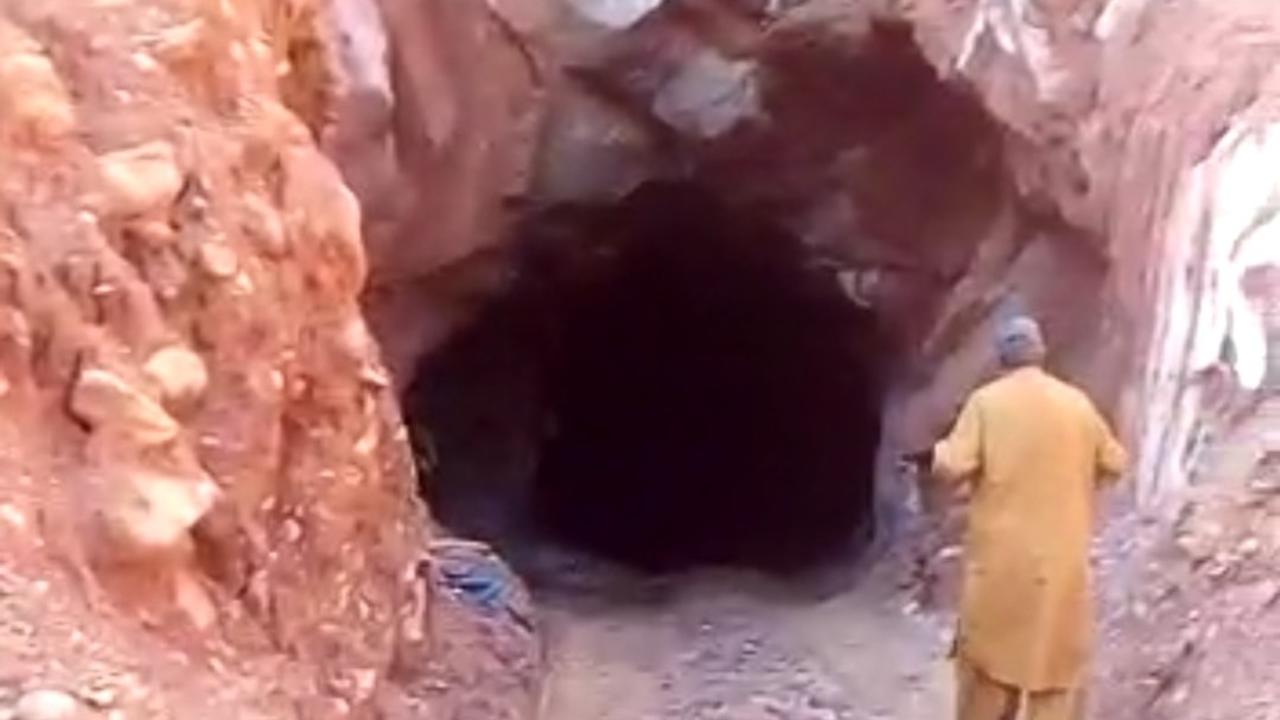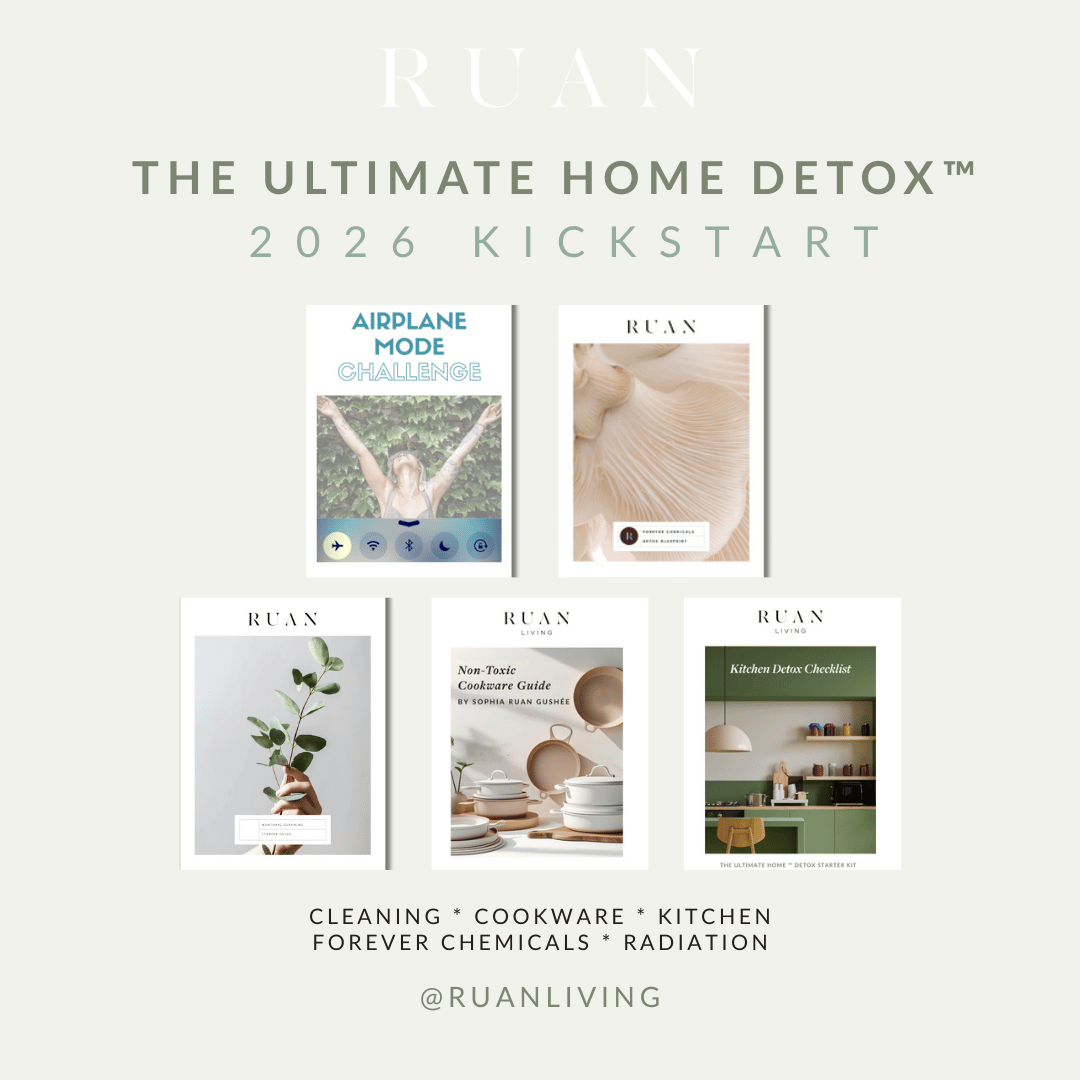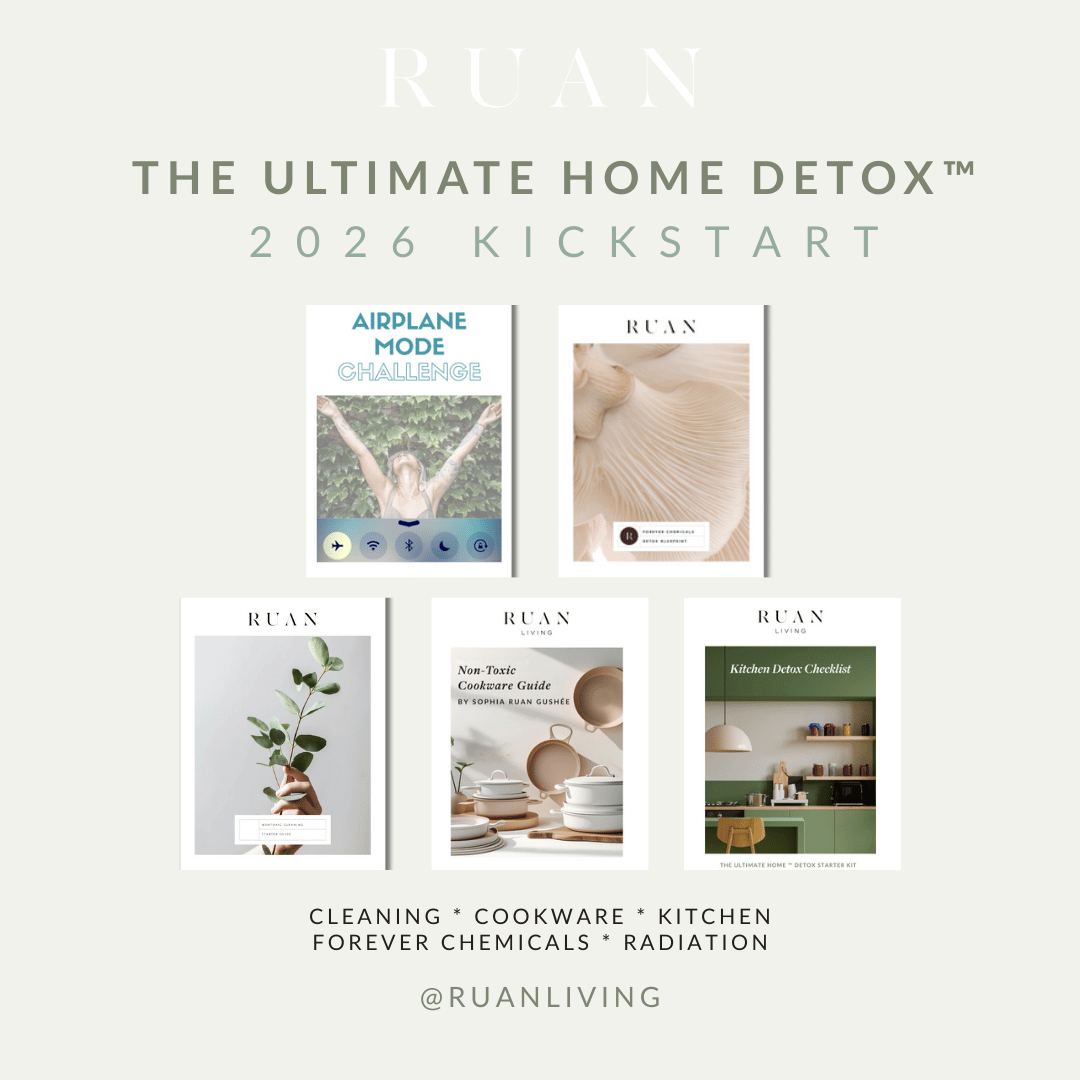
Pink Salt: What You Should Know
Jul 09, 2019Going into the heart of the mines (Mandra, Pakistan)
In our diets, salt can offer us minerals, taste, and help make nutrients more bioavailable. As salt lamps in our space, they are reported to detox air and contribute to relaxation.
Since my podcast recording with Sandor Katz, author of the bestselling books The Art of Fermentation and Wild Fermentation, I have become fascinated with salt. Sandor recommended using salt of all colors—grey, pink, black, etc—because the colors reflect different nutritional content, like minerals. And since my podcast recording with Shannon Coppola, founder of the Montauk Salt Cave, I have incorporated various types of salt lamps in my home. In my both my diet and home, my gateway salt was pink Himalayan salt.
Over time, I grew curious about whether all salt is the same, and whether I should be concerned about the quality of salt I purchased. So when I received an email from Eddie Gilani of The Salt Lamp Shop about him writing an article about pink Himalayan salt, I was excited to share his insights on how to buy pink salt mindfully. Eddie sheds light on the colors of salt and what they mean for us, how to buy salt that supports ethical and sustainable practices, and more.
Salt also ties into July's monthly theme of gut health because fermented foods can be a wonderful way to nourish your gut's microbiome. Sandor Katz discusses in our podcast how salt not only adds minerals to our diets but also helps make the nutrients from our foods bioavailable. Sandor, who has been taking HIV medication for years, discusses how incorporating fermented foods has supported his health. You can click to learn more about my podcast with fermentation guru Sandor Katz. But, first, please enjoy the article below.
—Sophia Ruan Gushée
***
By Eddie Gilani from The Salt Lamp Shop
So, you may have heard of salt lamps. If not, you’ve almost definitely seen a pink salt shaker before. All of these products are made using the relatively new, and not-so-well understood, Himalayan salt.
Now, pink salt itself isn’t new. In fact, scientists believe it was created 60 million years ago in the Jurassic period. However it’s embrace by the mainstream world IS relatively new. So with that said, we think it’s pretty important we get to learn more about this salt, especially because of all the claims out there about it’s wonderous powers.
What’s fact and what’s myth?
That’s exactly what we aim to uncover in this article.
Now before continuing a little back story, who am I?
I had a background in online marketing but decided it was time to pack my bags and hit the road. I have been traveling on and off ever since.
Four years ago, I visited one of the salt mines where Pink salt was mined as a tourist and fell in love with the beauty of this unique mineral. Since then I have been working with miners and salt merchants to learn more about it and also to improve the quality of the salt and mining techniques used to extract it. Now I have made friends with several key players in the industry and fellow mineral and gemstone hunters in the region. So what is there to know about pink salt?
Fact: Himalayan pink salt is pink because it contains iron oxide. In other words: RUST. Yep.
However, it’s not dangerous to eat or bad at all. In fact, quite the contrary, it’s good for us. Because iron is the same mineral that lends our blood cells their red colour and is crucial for carrying oxygen. However, the way this Pink salt is mined, processed, and eventually delivered to your local supermarket or doorstep, isn’t always pretty.
Your salt's origination
In northern Pakistan in the foothills of the Himalayas, the only place you can find authentic pink salt, there is very little government regulation and quality control. The result is a salt-mafia establishment. A few individuals with government support have bought out large parts of the natural salt range and rely on impoverished laborers to mine and handle this salt.
The salt is mined using rough and large TNT blasting, which not only takes out the salt but large chunks of regular stones. The damage this does to the environment is left unchecked.
With rare species living in the same area like the Markhor and the Snow Leopard, this kind of blasting is not a safe or sustainable way to mine salt. Worse, the local miners, who have no other means of earning an income, risk their lives working in harsh conditions for meager pay.
After seeing this, I decided to lease a portion of the available salt mines myself and extract salt in a more ethical way. In partnership with a local mining firm, we use only precision blasting and hand drilling machinery to extract only the goody salt bits. We leave the rest untouched.

Left – Salt worker of a local company, making salt lamps (Quaidabad, Pakistan)
After the mass blasting extraction, salt is then auctioned at a market. The salt chunks (both big and small) are taken to the salt market in Quaidabad (a more southern city of Pakistan) where prospectors pick and choose the best chunks that end up as bath salts, cooking salts, and salt lamps.
How to tell if your salt lamp is good quality
Now, if you’ve ever bought a salt lamp, the quality of your lamp already depends on which chunk of salt it was made from. The salt that was extracted from mass TNT blasting usually contains microfractures, and so it’s more fragile and cracks over time. Many people have experienced this unfortunate event, it’s because not all Pink salt is made equal!

Selecting between white salt blocks
Be careful of salts from China
The coloring of the salts also varies, as well as purity. The highest grade salt, A grade pink salt, is what is used to make gourmet salts and bath salts, however not all companies strictly enforce this standard. And some suppliers do mix lesser quality salt with higher quality salt (especially for bath salts) to save money. Many Chinese buyers come to buy mass quantities of Pink Salt and have it resold to other markets. These buyers are usually less discerning about the quality and, when picking the salt, will take just anyone that looks good enough. So be wary of pink salt that is resold from China. You can usually see the effects of this right away: the salt lamps have a lot of dark spots and crumble and break often.
Tips to select quality salt
So how can YOU make sure you have good quality authentic Himalayan salt? You can’t tell just by knowing which mine it came from. However you CAN ask your seller which mines they came from. If they can tell you by name, that means they got it directly from Pakistan and not a reseller, which usually means you will get better quality salt! Our salt mines are from an isolated region called Mandra, far from the main blasting mines “Khewra Salt Mines”.
The other way to know your salt is authentic is to dissolve a tea spoon full in hot water, and notice if there is any undissolved debris, dirt or stones left in the bottom of the dish. If so, that means there is some impurities in your salt!
However, don’t jump the gun in thinking you’ve been scammed. The fact is that Pink salt is a highly varied mineral. It contains naturally varying amounts of minerals which changes foot by foot as you dig into the mine. So sometimes it will be less pink and look more like regular salt. This doesn’t mean it’s unsafe or fake. The most important thing to know is how pink salt is sourced, and buy from a seller that can provide you this information if needed.


